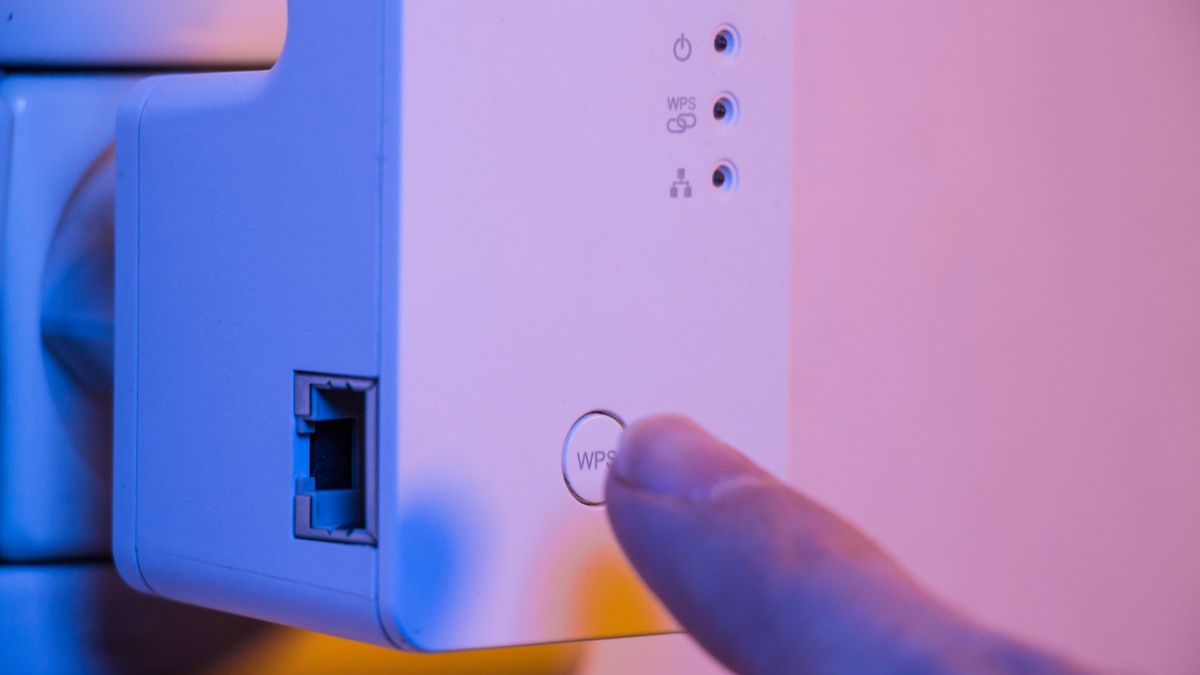Quick Links
The double-edged sword of living in the modern world is that everything can connect wirelessly, which often leaves us open to easier attacks. WPS can help mitigate that risk for those who aren't tech-savvy with a simple push of a button on your router.
What Is Wi-Fi Protected Setup (WPS)?
As everything has become more interconnected, network security has become more and more important in the day-to-day, doubly so as things move to a complete work-from-home environment. Whether it's protecting your email and social media passwords, or company data, there's a real and present need for cybersecurity.
The problem, though, is that not everybody is necessarily tech-savvy, and the complex security protocols and tech standards can sometimes get in the way of securing ourselves. So, for example, if somebody is having a hard time connecting to their printer wirelessly using security standards, they might get so frustrated they connect without any security standards at all, such as using the same password for everything.
WPS is an attempt to fix that issue regarding Wi-Fi signals. More specifically, it allows people to create a secure connection between two devices using Wi-Fi without the need for a lot of tech knowledge. The only caveat is that both devices need to be using the WPA or WPA2 security standard.
Initially introduced in 2006 by Cisco, WPS has become a pretty standard feature for many devices that use Wi-Fi, and pretty much any device you buy nowadays should have that ability.
Why Use WPS? Is It Safe?
Ultimately, a lot of it is about convenience, especially as we become more and more inundated with needing to remember dozens of passwords. Even with password managers, it can become a pretty frustrating task to re-enter a password for every device you connect with.
This problem is made worse because some device interfaces are simply horrendous or incredibly hard to access without a good set of tools. For example, most Wi-Fi range extenders require you to log in to their admin page, which itself can sometimes require you to use an Ethernet cable. Then there's the issue of actually finding their log-in page, the log-in details, and setting them to something new.
All of that can lead to a ton of frustration for those who aren't tech-savvy and may end up having the device sitting in the corner unused. That's where the quick setup of WPS can help since it can connect two devices with, basically, a push of a button.
That being said, there are some pretty serious concerns when it comes to WPS, specifically around the brute-force attack of a WPS device's PIN. That means you should switch off WPS in your device if you aren't using it or check the vendor's website to see if it's patched the PIN vulnerability.
It's worth noting that WPA3 has made WPS somewhat more secure. (However, even if you have WPA3 security, it's likely that your router also has WPA2 enabled for backward-compatibility purposes.)
How to Use WPS
Generally speaking, there are two primary ways to connect to the WPS devices: using a button and/or using the PIN, as mentioned earlier.
The button is generally the easier of the two options, especially since it doesn't require you to find or use any sort of admin page. Instead, all you need to do is press two WPS buttons: the one on your router and the one on the device you want to connect with, in that order. It functions similarly to Bluetooth or Wi-Fi pairing on your phone works, except the router has to come first so it can be discoverable.
Not all devices have a WPS button, even though it's arguably much safer than a PIN. For this, you'll simply have to enter the authentication PIN, usually on the page of your router or stuck to the device, when prompted for it on the admin page. It's a little bit more of a hassle than the button, but it's the only alternative if there isn't one.
Should You Use WPS?
Whether you should use WPS depends on how much convenience you want. There are some security concerns with WPS, but it can help you connect devices like printers and TVs to your network much more easily. At least WPA3 has boosted WPS's security.

